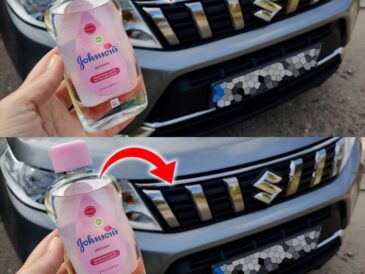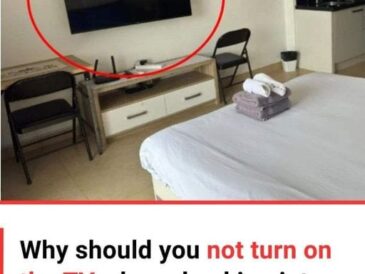On April 4, 2025, Twitter user @ChauSidara posted a seemingly innocent image that would soon take the internet by storm. The post simply asked:
“How many colors do you see in this photo?”
At first glance, the image appears to show multiple vertical bands of different shades, transitioning smoothly from one to another. Some viewers claim to see four colors. Others swear they spot six or even seven. The reactions poured in fast and furious. Within hours, the post had over 5 million views, sparking a heated — and surprisingly emotional — debate across social media platforms.
People weren’t just debating colors; they were debating reality itself.
The Big Twist: It’s Just One Color
Here’s where things get truly mind-blowing: despite how it appears, the entire image is made up of just one single color.
Yes, you read that correctly — only one color.
The illusion is a powerful reminder that what we think we see isn’t always what’s actually there. When users zoomed in or sampled the image with digital tools like Photoshop or basic color pickers, the shocking truth was confirmed: the underlying hue remains perfectly consistent across the entire image.
How Does This Optical Illusion Work?
The phenomenon at play here is known as a simultaneous contrast illusion — a well-studied effect in visual psychology.
Here’s how it works:
- The background gradient in the image subtly shifts from light to dark.
- The faint vertical bands are cleverly crafted using minor adjustments in lightness (not hue).
- Your brain, trained to detect contrasts to interpret the world quickly, interprets these tiny differences in brightness as differences in color.
In simpler terms:
Your brain compares adjacent areas and enhances their differences to help you “see” edges, patterns, and colors more clearly — even when they don’t really exist.
Thus, what you’re actually seeing is not a difference in color, but a difference in brightness and context. The mind fills in colors that aren’t there.
A Short History of Similar Viral Illusions
This isn’t the first time the internet has collectively lost its mind over a color-based illusion. Remember:
- “The Dress” (2015): Was it blue and black or white and gold? Millions debated the true colors of a photo of a dress under weird lighting.
- The Shoes Illusion: Pink and white sneakers or grey and teal?
- Checker Shadow Illusion (Adelson, 1995): Two squares on a checkerboard — one appearing light and one dark — are actually the same color.
All these viral sensations rely on a similar trick: context and lighting fool our visual systems into perceiving different colors or shades where none exist.
Why Is Our Brain So Easily Fooled?
Our visual system evolved not to perfectly measure light or color, but to interpret scenes quickly in a way that’s useful for survival.
In nature:
- Shadows and light patterns often signal depth, shape, and movement.
- The ability to detect subtle contrasts can mean the difference between spotting a predator hiding in tall grass or missing it entirely.
- Therefore, our brains tend to amplify differences to make sure we don’t miss important details.
While this ability is generally a survival advantage, it also makes us vulnerable to clever illusions — especially ones created with modern technology.
So, How Many Colors Do You See?
In online polls under the viral tweet, users reported wildly different perceptions:
- Some said they clearly saw 4 colors.
- Others swore by 6 or 7.
- A few careful observers even doubted their own eyes and guessed 1 — but they were in the minority.
Even knowing the scientific explanation, many people still couldn’t unsee the different colors.
This shows just how strong and automatic our brain’s interpretation of visual input is.
How to Prove It Yourself
Want proof? It’s easy:
- Take a screenshot of the image.
- Open it in any basic image editor (even the color picker on your phone will do).
- Sample various areas along the vertical bands.
- You’ll find that the color code (hex or RGB values) stays exactly the same.
Alternatively, zoom in closely. Once you eliminate the influence of surrounding brightness, the illusion collapses, and you’ll see a consistent color.
Optional:
I can create a zoomed-in version or show sampled sections side-by-side if you want to really see the illusion break apart!
Conclusion: A Fun Lesson in Human Perception
While at first glance it seems like a harmless social media trend, this viral illusion touches on something much deeper:
Our senses are not perfect detectors.
They are interpretive systems built to prioritize speed and survival over accuracy.
So the next time you swear you see multiple colors in an image — or anything else seems “obviously true” at first glance — take a moment. Your brain might just be playing tricks on you.




